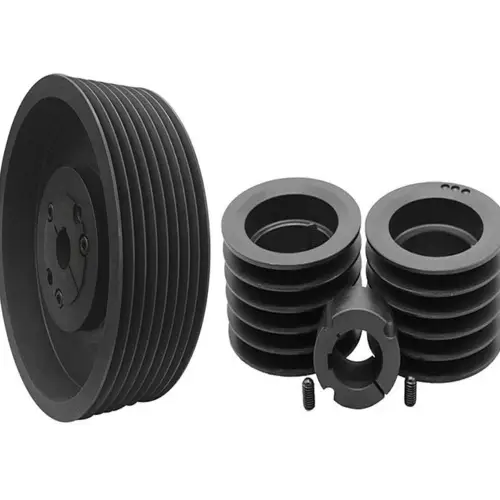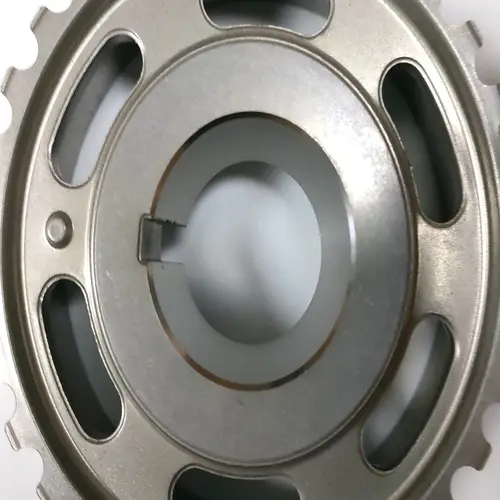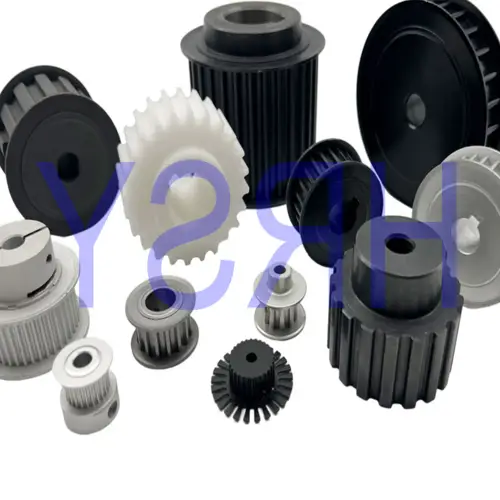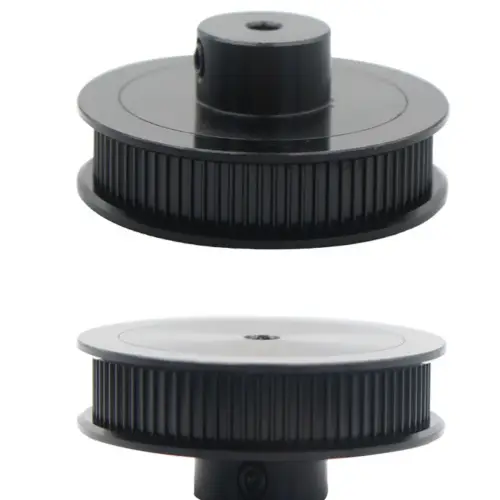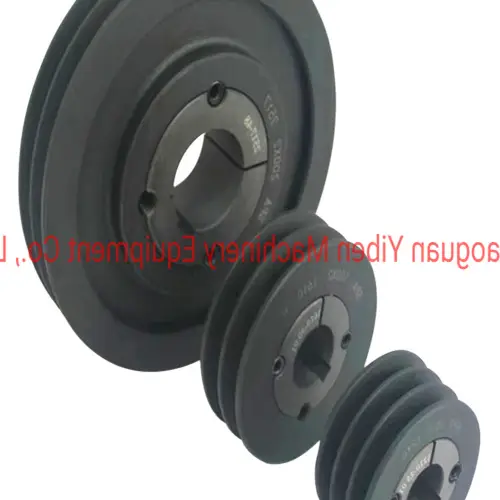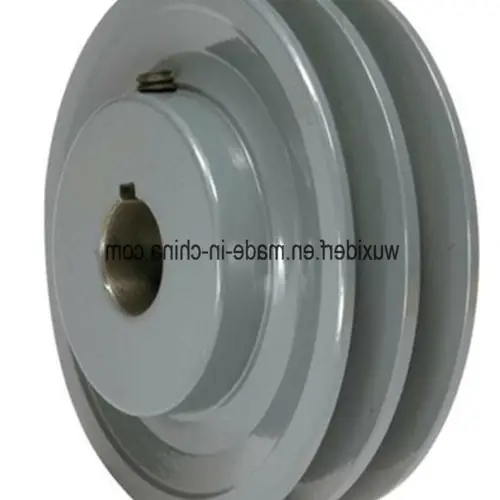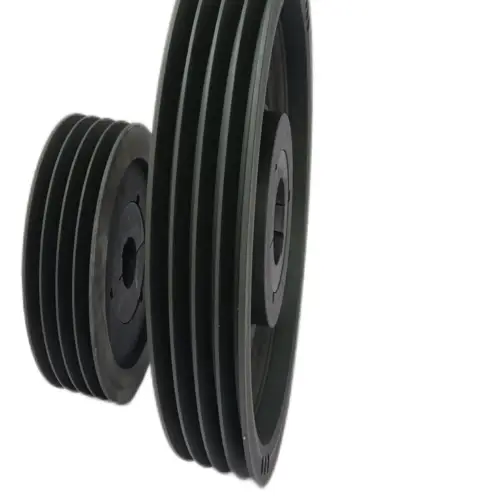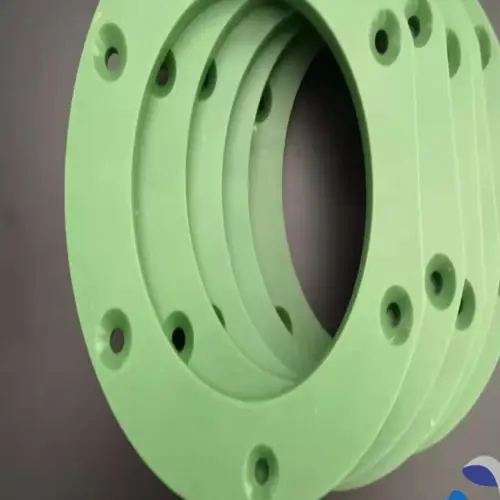
High Quality HDPE Products for Industrial Applications
Our high-density polyethylene (HDPE) sheet products are the perfect match for a variety of industrial applications, including water tanks, chute linings, bottle/bottle cap production, and numerous other applications. Our HDPE sheet is highly durable, abrasion-resistant, and exhibits a low coefficient of friction.
We offer HDPE sheets with a thickness range of 1mm to 400mm and a range of colors, including black, white, yellow, green, blue, and more. Our HDPE sheets are moisture, stain, and odor-resistant and are FDA-approved for use in the food processing industry (mainly for cutting boards).
Characteristics of HDPE Sheets
Our HDPE sheets have the following characteristics:
- No water absorption
- Non-Toxic
- Corrosion-resistant
- Abrasion and impact-resistant
- Wear-resistant
Applications of HDPE Sheets
Our HDPE sheets are suitable for a wide range of applications, including:
- Rotationally molded products such as fuel tanks, trash containers, dump carts, pallets, agricultural tanks, highway barriers, and water and waste tanks for RVs.
- Extruded sheets with a pebble finish, used as a cutting board in industries such as meat packing and butchering.
Frequently Asked Questions (FAQs)
1. What colors are available for HDPE sheets?
We offer a range of colors, including green, blue, black, yellow, grey, and others. You can also provide a Pantone color number for reference to produce a custom color.
2. What is the minimum order quantity (MOQ) for HDPE sheets?
The MOQ depends on the drawing.
3. What is the delivery time for HDPE sheets?
The delivery time depends on the volume, usually around 7 days.
4. How can I get a sample of HDPE sheets?
Small sample sizes are free, but you need to pay for the shipping cost. Alternatively, you can provide your UPS, DHL, FedEx, TNT courier account. Customized sample sizes are chargeable.
5. What are the payment terms for HDPE sheets?
The payment terms are 30% T/T in advance, balance before shipment. Other terms are negotiable.
At our company, we supply a wide range of industrial products, including agricultural gearboxes, power output shafts, sprockets, fluid couplings, worm gear reducers, gears and racks, roller chains, pulleys, planetary gearboxes, timing pulleys, bushings, and more. We offer high-quality products, preferential prices, and considerate services, and we welcome customers to customize their drawings and samples. Contact us to learn more about our products and services.
All the content of this page is from the Internet and is only for reference for product selection. Our products are replacement parts and not original spare parts. We are not the holder of the original trademarks mentioned in the content. Our replacement parts are perfectly adapted to the original spare parts. If you need to buy original spare parts, please contact the original factory or supplier for purchase.
Performance Characteristics of Gear Pulley
Gear pulleys have several performance characteristics that make them highly efficient and reliable in various applications. Firstly, they offer precise motion control, ensuring accurate transmission of power. Secondly, gear pulleys have high load capacity, allowing them to handle heavy loads without compromising performance. Additionally, gear pulleys exhibit low noise and vibration levels, resulting in smooth and silent operation. Moreover, they have excellent wear resistance, ensuring long-lasting durability. Lastly, gear pulleys are known for their compact design, making them suitable for applications with limited space.
Types and Characteristics of Gear Pulley
Gear pulleys can be classified into different types based on their design and functionality. Some common types include spur gear pulleys, helical gear pulleys, bevel gear pulleys, and worm gear pulleys. Each type has unique characteristics that make it suitable for specific applications. Spur gear pulleys, for example, offer high efficiency and are commonly used in applications requiring high speed and low torque. On the other hand, helical gear pulleys provide smooth and quiet operation, making them ideal for applications where noise reduction is crucial. Bevel gear pulleys are often used in applications that require changing the direction of motion, while worm gear pulleys are known for their high gear ratio and self-locking capabilities.
Advantages of Gear Pulley Made of Different Materials
Gear pulleys can be manufactured using various materials, each offering distinct advantages. Steel gear pulleys, for instance, provide excellent strength and durability, making them suitable for heavy-duty applications. Aluminum gear pulleys, on the other hand, are lightweight and corrosion-resistant, making them ideal for applications where weight reduction and resistance to environmental factors are important. Additionally, plastic gear pulleys are known for their low friction properties, resulting in a quieter operation and reduced wear. Choosing the right material for gear pulleys depends on the specific requirements of the application.
Application of Gear Pulley in Various Industries
Gear pulleys play a vital role in a wide range of industries, showcasing their value and importance. In the Automotive industry, they are used in engine systems, power steering, and transmission systems to ensure efficient power transmission. Agriculture Equipment relies on gear pulleys for various applications such as combine harvesters and irrigation systems. Industrial Machinery utilizes gear pulleys in conveyor systems, packaging machines, and printing presses to enable smooth and precise movement. Construction Machinery benefits from gear pulleys in applications like cranes, excavators, and concrete mixers, ensuring robust and reliable operation. HVAC Systems rely on gear pulleys for ventilation and air conditioning systems, providing efficient airflow control. The versatility and reliability of gear pulleys make them indispensable in these industries and many more.
Future Development Trends and Opportunities of Gear Pulley Products
The future development of gear pulley products is promising, with several trends and opportunities on the horizon. One notable trend is the integration of advanced materials and coatings to enhance durability and performance. Additionally, the demand for gear pulley products with higher efficiency and compact design continues to grow. As industries advance towards automation and robotics, gear pulley products will play a crucial role in enabling precise motion control. Furthermore, the increasing focus on renewable energy and sustainability opens up new opportunities for gear pulleys in wind turbines, solar panels, and other green energy applications. The future looks bright for gear pulley products, with continuous innovation driving their development and adoption in various industries.
Choosing a Suitable Gear Pulley
When selecting a gear pulley, several aspects should be considered to ensure the best fit for the intended application. Firstly, the load capacity of the gear pulley should match the requirements of the application to ensure optimal performance and longevity. Secondly, the material of the gear pulley should be chosen based on factors such as strength, corrosion resistance, and weight. The diameter and size of the gear pulley should be compatible with the existing system to ensure proper fit and functionality. Additionally, the type of pulley, whether spur, helical, bevel, or worm, should be selected based on the specific needs of the application. Lastly, the bore size of the gear pulley should be compatible with the shaft or spindle it will be mounted on. Taking these factors into account will help in choosing a suitable gear pulley for any given application.
In conclusion, gear pulleys offer exceptional performance characteristics that make them a preferred choice in various industries. Their precise motion control, high load capacity, low noise and vibration levels, excellent wear resistance, and compact design make them reliable and efficient. The different types and materials of gear pulleys provide versatility and customization options for specific applications. The wide range of industries that rely on gear pulleys highlights their importance and value. With future development trends and opportunities on the horizon, gear pulley products are poised for growth and innovation. By considering factors such as load capacity, material, diameter and size, type of pulley, and bore size, the selection of a suitable gear pulley can be optimized for any application.
Author: Dream
